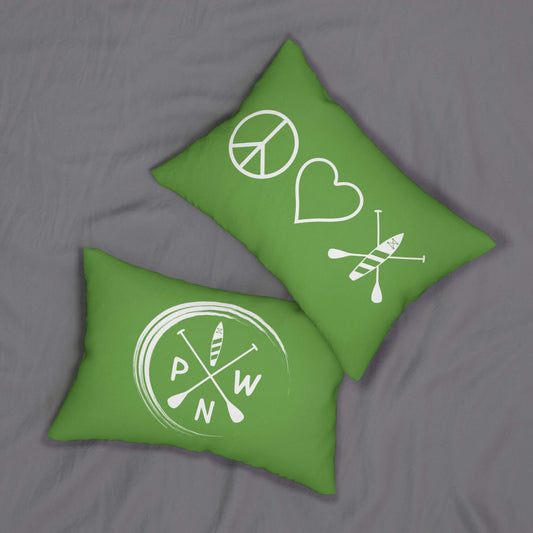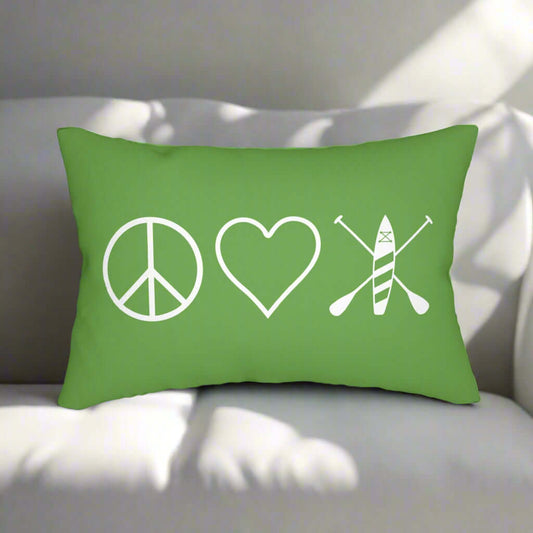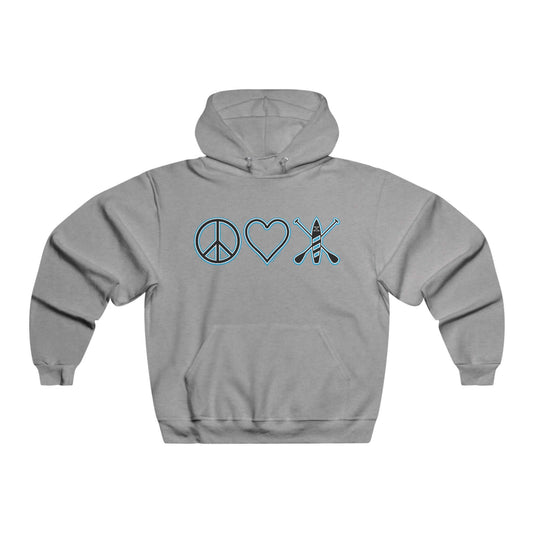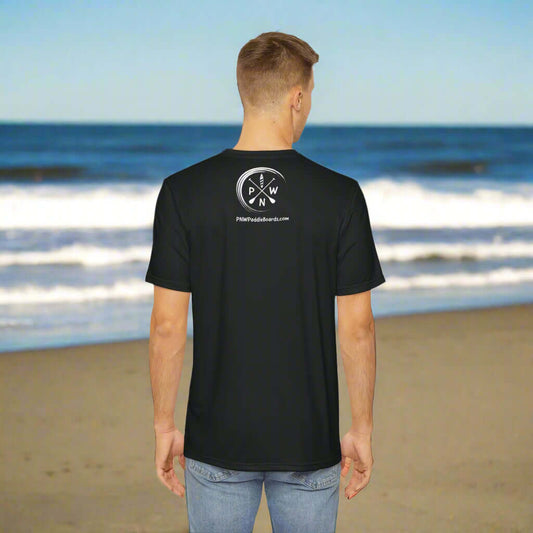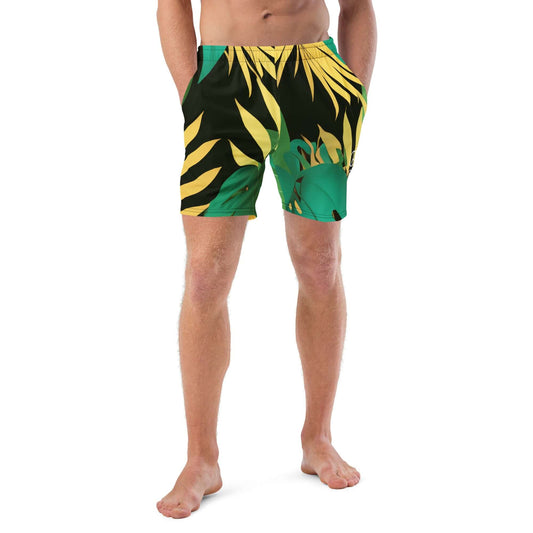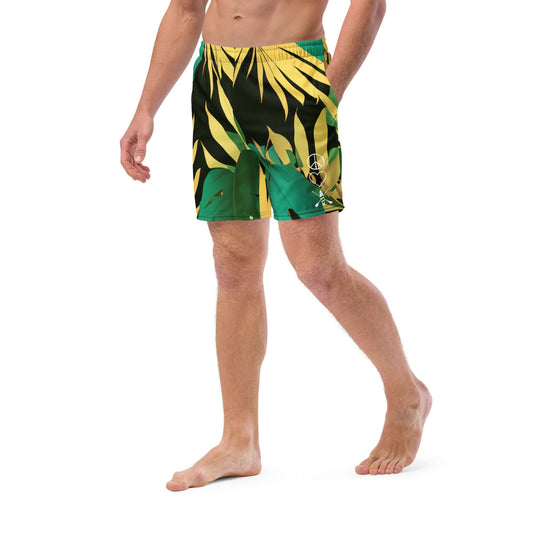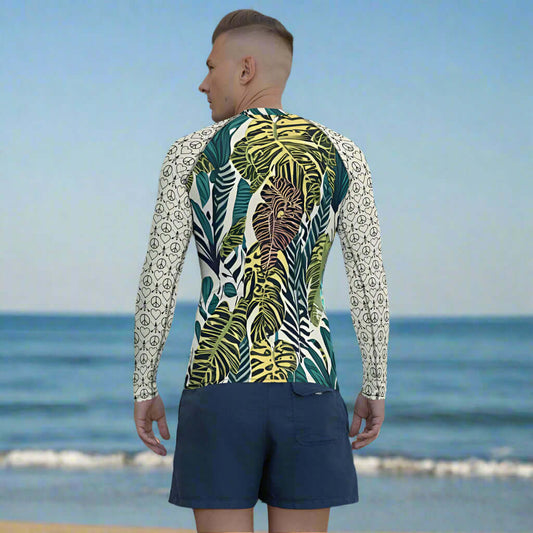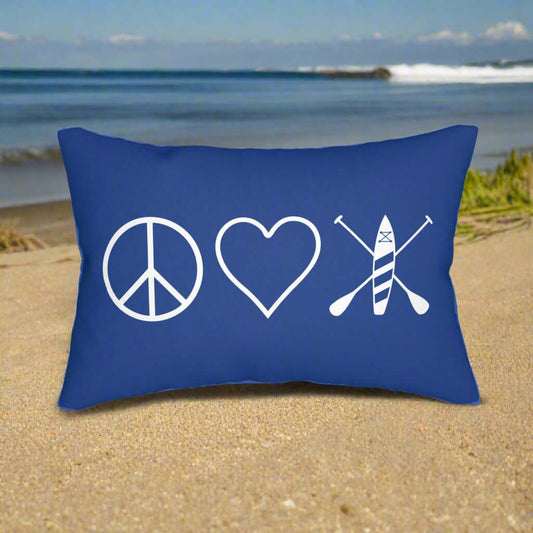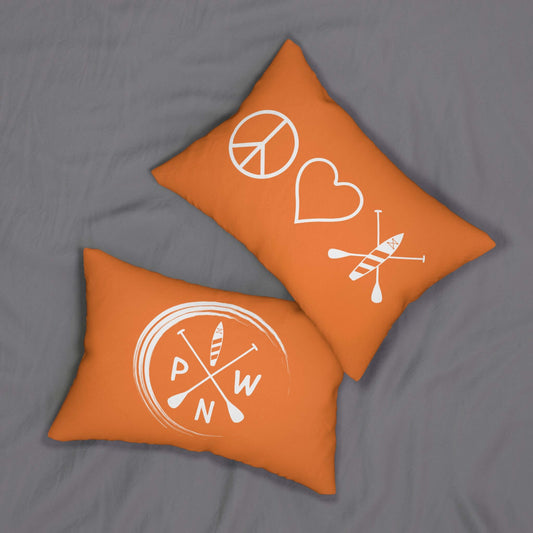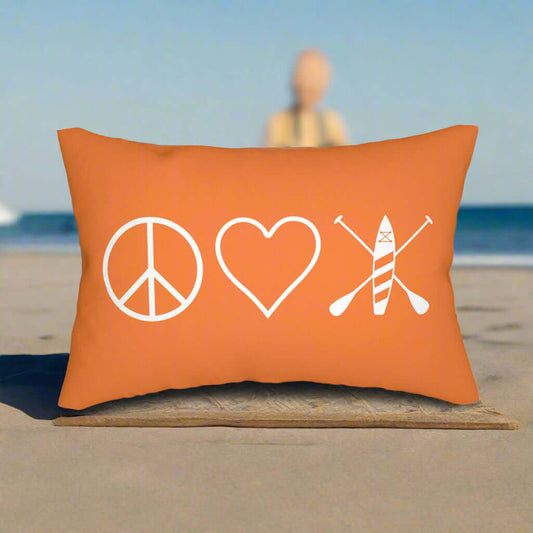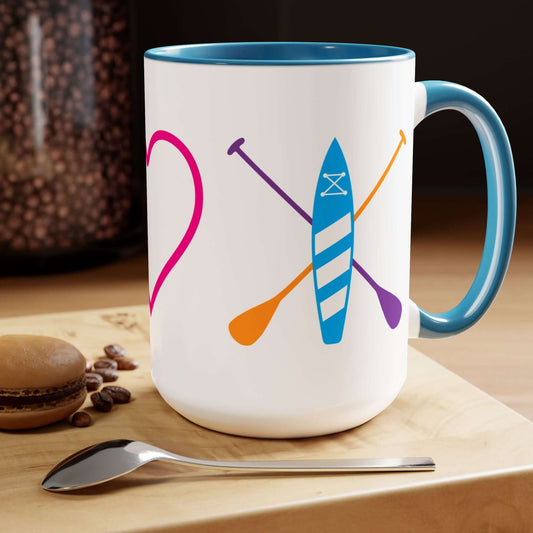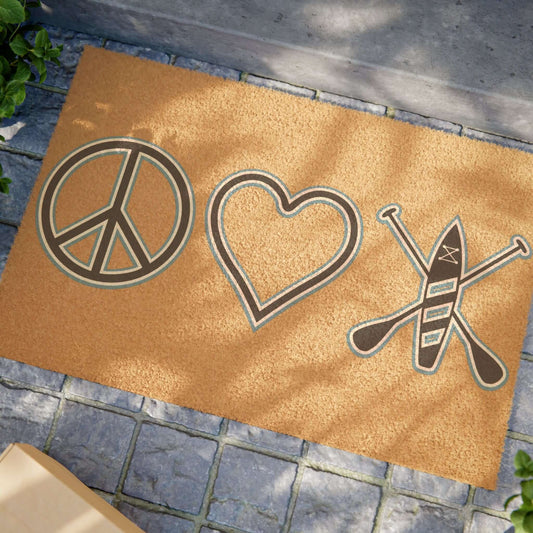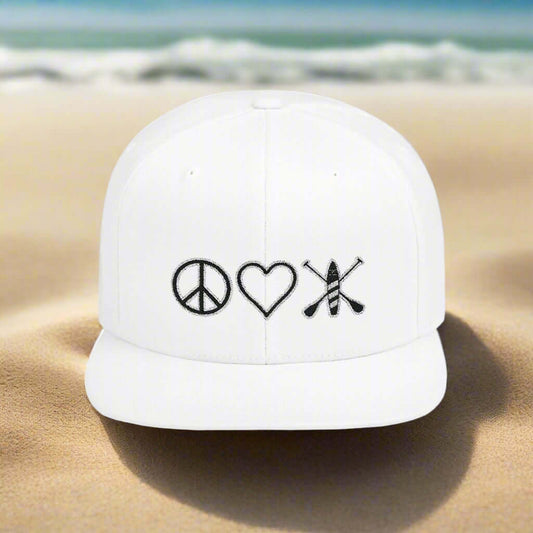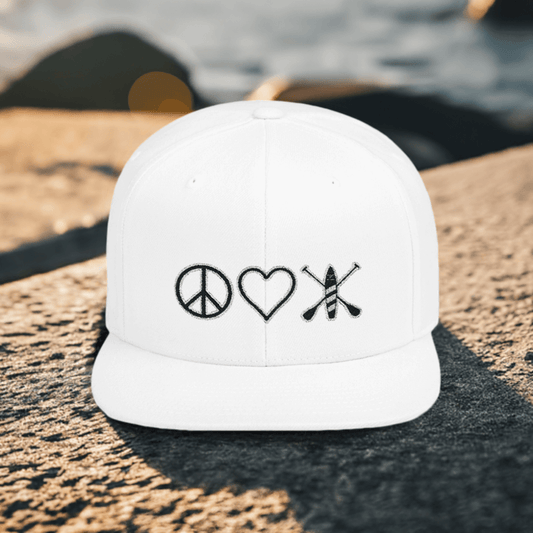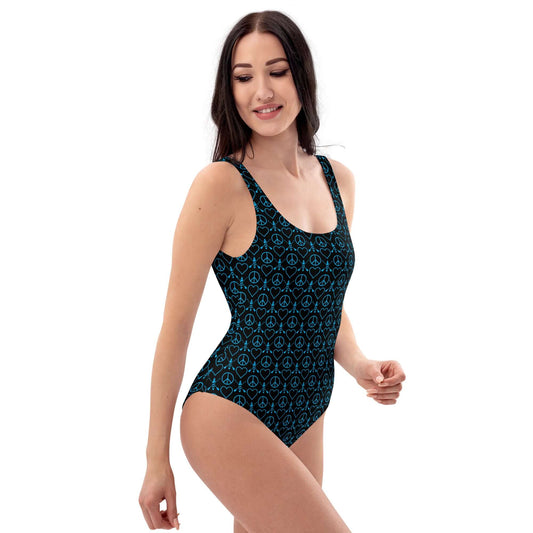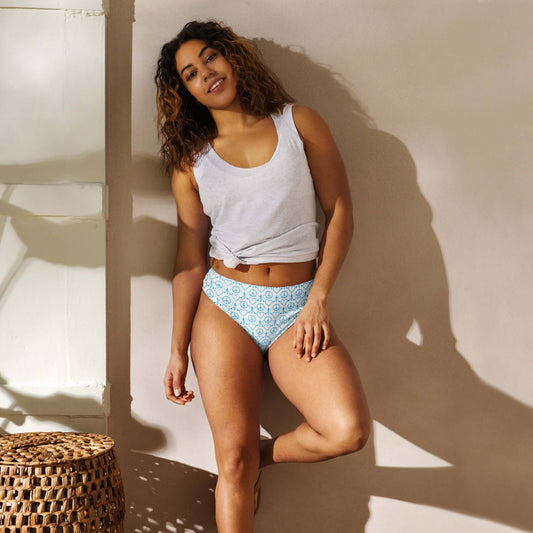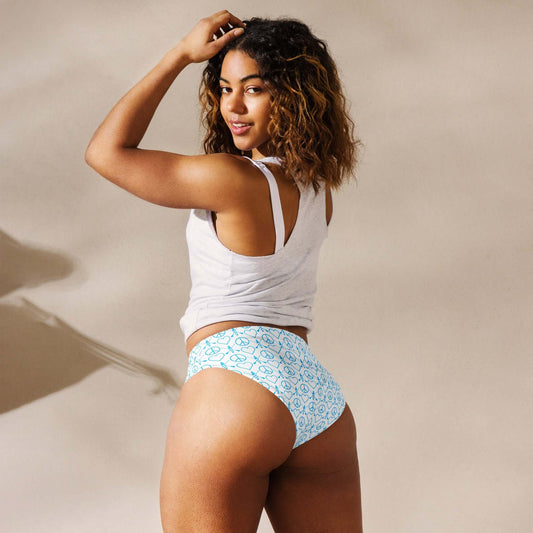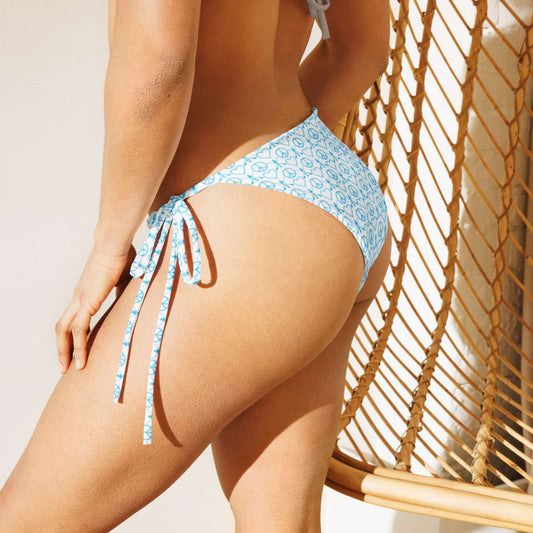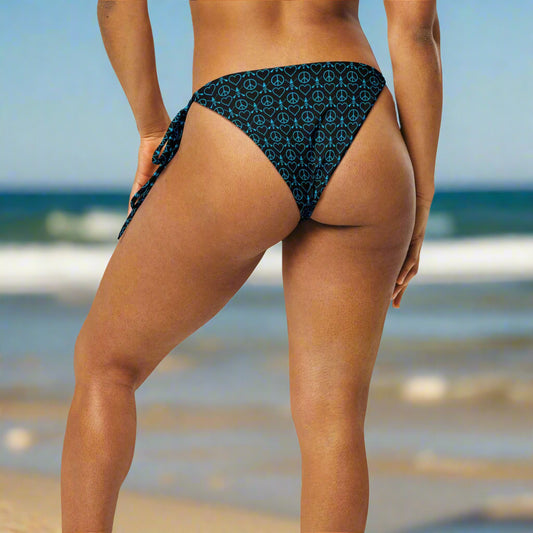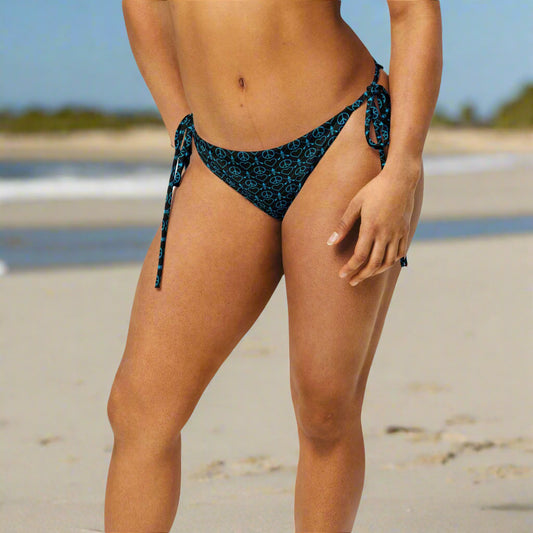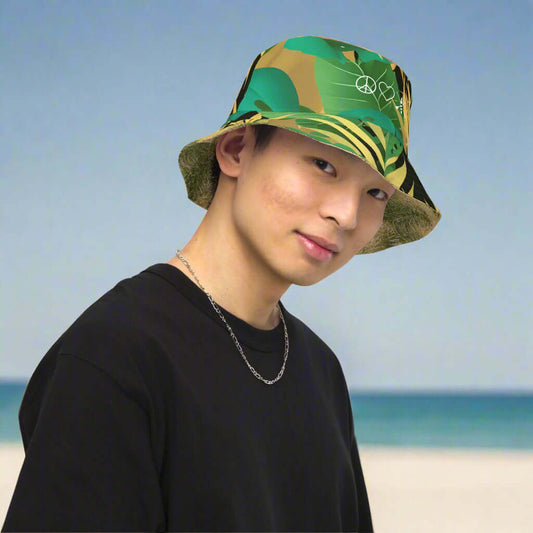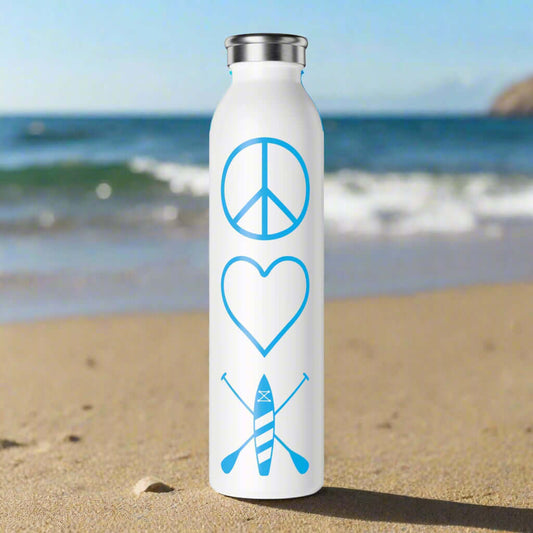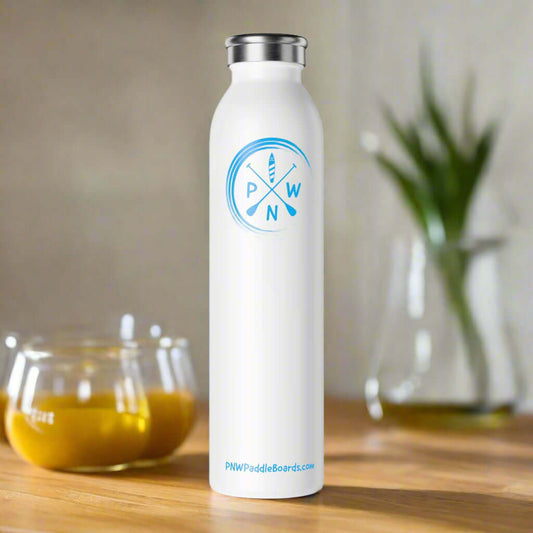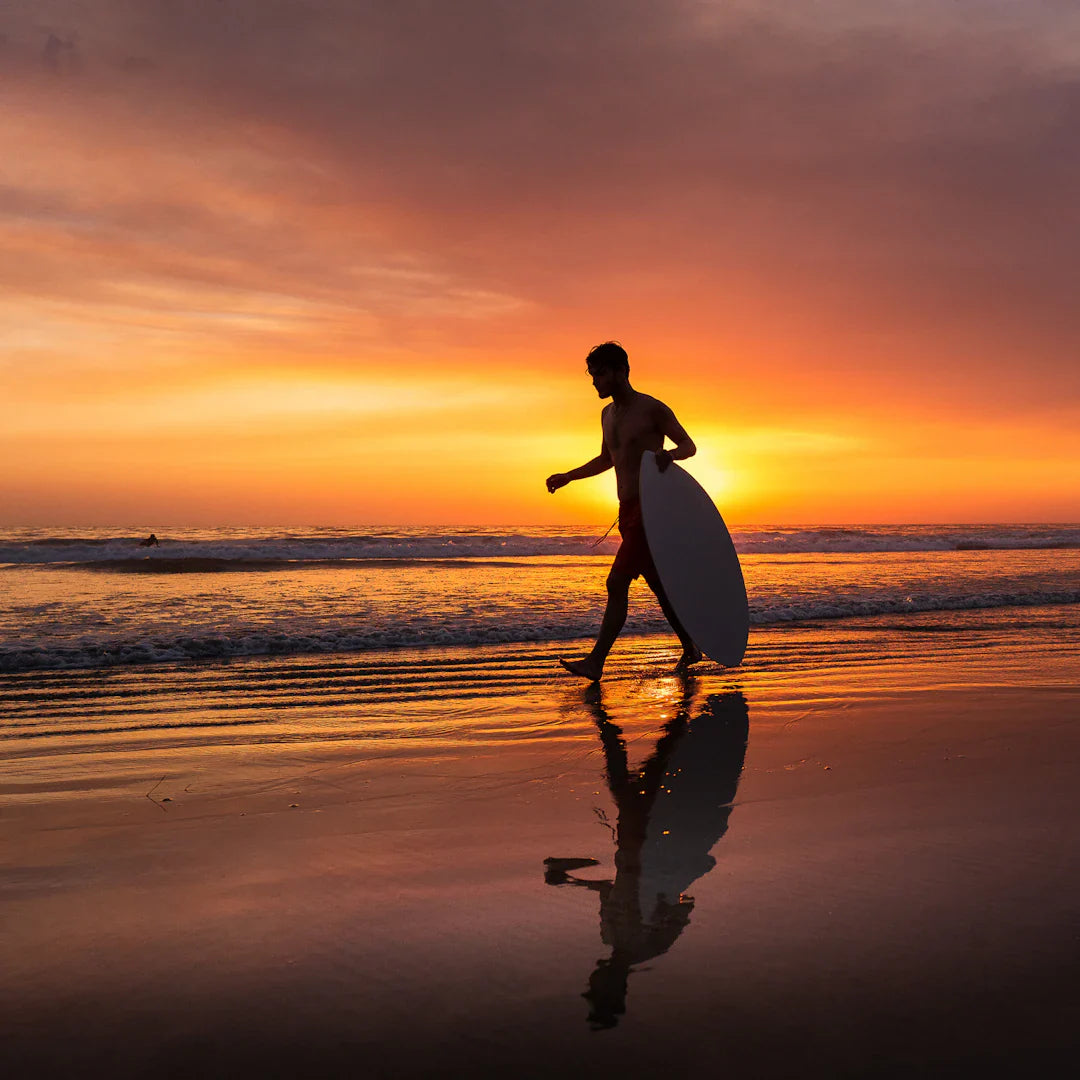
Find Your Perfect Fit: Choosing an Epoxy Paddleboard Size
Frequently Asked Questions
1. What are the critical factors to consider when choosing a paddleboard size?
2. How does the length of a paddleboard affect its performance?
3. What width is ideal for beginners on a paddleboard?
4. How important is weight capacity when selecting a paddleboard?
5. What is the best way to determine the right paddleboard size for me?
When it comes to paddleboarding, one of the most critical decisions you'll make is choosing the right size epoxy paddleboard. With so many options available, it can be challenging to determine which size will best fit your needs. This guide will help you navigate the selection process, ensuring you find the perfect Voyager Paddleboard tailored to your preferences while prioritizing safety on the water.
Understanding Paddleboard Sizing
Paddleboards come in various sizes, each designed for specific activities, body types, and skill levels. Choosing the right size is crucial not only for performance but also for safety. An improperly sized paddleboard can lead to instability and discomfort, detracting from the enjoyable experience paddleboarding is meant to provide.
Length Matters
The length of your paddleboard is a critical factor that affects its performance and handling. While shorter boards (10-11 feet) offer greater maneuverability, longer boards (12-14 feet) are more suitable for speed and tracking. Here’s a breakdown of how length impacts your paddleboarding experience:
- 10-11 Feet: Ideal for beginners and recreational paddlers who want a more manageable board for exploring calm waters.
- 12-14 Feet: Best for experienced paddlers who are looking to cover longer distances, providing better glide and speed.
- 15 Feet and Beyond: Suited for racing or expedition paddleboarding, these boards have excellent tracking but can be challenging to maneuver.
Width and Stability
Width is another essential factor to consider. Wider boards provide increased stability, making them an excellent choice for beginners or those looking to fish or do yoga on the water. On the other hand, narrower boards allow for improved speed and are better suited for experienced paddlers. Here’s a closer look:
- 32 Inches or Wider: Offers a stable platform, great for beginners, yoga, or fishing.
- 30-32 Inches: A balanced option that provides moderate stability while allowing some speed.
- 29 Inches or Narrower: Designed for advanced paddlers seeking enhanced speed and performance.
Weight Capacity and Paddleboard Design
Your weight and the amount of gear you plan to take with you on the water also play a significant role in determining the right size paddleboard. Most epoxy paddleboards come with a specified weight capacity, and selecting one that supports your weight plus any additional items will help you maintain safety and stability.
Understanding Weight Capacity
The majority of paddleboards have a weight capacity ranging from 200 to 400 pounds. Consider the following:
- Individual Paddler: If you plan to paddle alone, select a board with a weight limit sufficiently above your body weight.
- Gear and Additional Passengers: If you plan to carry gear or have a child or pet accompanying you, ensure the board can accommodate that additional weight.
Skill Level Considerations
Your skill level is one of the essential aspects of selecting the right epoxy paddleboard size. As a beginner, prioritize stability and ease of use, while experienced paddlers may look for speed and performance factors. Here’s how your skill level affects your selection:
Beginners
If you are just starting on your paddleboarding journey, opt for a wider, shorter board. This combination will provide the most stability and allow you to feel secure while you learn. An epoxy paddleboard designed for beginners typically offers additional features aimed at enhancing safety, including:
- Wider profile for better balance.
- Soft top surfaces to prevent injuries.
- Built-in anchors or bungee cords for securing gear.
Intermediate and Advanced Paddlers
For those with more experience, you may prefer a board that allows you to explore speed and performance. Here, a longer, narrower board will be crucial for improving your efficiency on the water, helping you create better strokes and navigate through waves or currents with greater ease.

Activities You Plan to Pursue
Another essential consideration when choosing your epoxy paddleboard size is the type of activities you intend to pursue. Different activities require different board sizes to optimize performance.
Recreational Paddling
If your goal is simply to explore calm waters and enjoy leisurely outings, a stable, wide board around 10-11 feet will be perfect for you. These boards ensure comfort and safety during casual paddling sessions.
Yoga and Fitness
Paddleboarding yoga has gained significant popularity. A wider board with a length of approximately 10-12 feet is recommended for maintaining stability while practicing various poses.
Racing and Touring
For those who are keen on racing or touring, select a longer board (12-14 feet) that can track efficiently over long distances. Opt for a narrower design for optimal speed, ensuring that safety remains your priority by selecting a well-constructed epoxy paddleboard.
Testing Before Buying
One of the best ways to determine which epoxy paddleboard size works best for you is to test several options before making a purchase. Many retailers and rental shops offer demo days or opportunities to try boards on the water.
Local Paddleboard Shops
Visit your local shops like PNW Paddleboards to gain insights into their rental options. Get a feel for different sizes and designs to find one that feels comfortable and suits your needs.
Renting Boards
Renting allows you to switch between different sizes and styles, giving you the opportunity to make a well-informed decision and enhancing your paddleboarding experience.
Safety First: Making Informed Decisions
Ultimately, safety is paramount when it comes to paddleboarding. Start by choosing a board that meets your skill level and size requirements while ensuring it is designed for the activities you plan to undertake. Here's a brief overview of maintaining safety while selecting your paddleboard:
- Choose a board that supports your weight and gear.
- Select a size that you can easily maneuver.
- Invest in safety gear such as life jackets and leashes.
Key Takeaways for Your Paddleboard Journey
Finding the perfect epoxy paddleboard isn’t just about aesthetics or brand—it's about matching the dimensions of the board to your unique needs. Understanding the differences in length, width, and design, coupled with a clear awareness of your skill level and intended activities, will lead you to the best choice.
In your quest for the ideal Voyager Paddleboard, remember that your comfort and safety on the water should always come first. With the right information and guidance, you will be empowered to choose a paddleboard that enhances your experience, keeps you safe, and makes your adventures unforgettable.
Discover the creativity of other Shopify or Wix store owners by visiting their stores. Follow this link to their online store. Please remember that this is a promotional link, and we assume no liability for the content of the linked store.

